It’s 1963, and motor racing is a popular pastime worldwide, including in America. The American muscle car companies and well-known European car manufacturers are all competing for dominance on the track. As they do today, these races serve as testing grounds for the latest engines, tires, chassis, and overall race car designs.
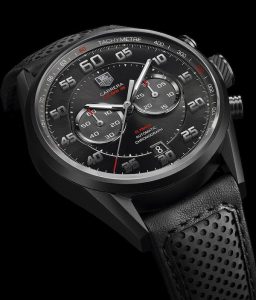
In this context, Jack Heuer, the honorary chairman of the now replica TAG Heuer company, made one of the boldest moves in the Swiss watch industry. Driven by a passion for the sport and their finely crafted mechanical chronographs, under Jack’s leadership, Heuer became the first watch company to be the official timekeeper for various racing circuits. In a brilliant business strategy, Heuer chronographs also adorned the wrists of many leading drivers.
Famous names like Jo Siffert, Jacky Ickx, Niki Lauda, and many others not only wore Heuer watches but also displayed Heuer signs on their race suits. Heuer’s dominance in time measurement on the racetrack was so significant that when Steve McQueen filmed Le Mans, he emulated Jo Siffert with a similar Heuer sign on his suit and the now-famous Heuer Monaco on his wrist.
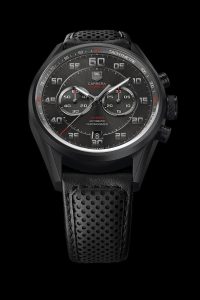
One of the original chronographs to gain mainstream popularity from Heuer at that time was the fake Carrera, named and conceived by Jack himself. The name was inspired by a grueling race across Central and North America: the Carrera Panamericana Mexico race. Since then, the Carrera has remained one of the most popular chronographs in the Heuer catalog. Various iterations have since existed with different movements and features, yet it has always stayed true to its origins with excellent proportions, legible dials, and precise movements. It is a watch line that perfectly evokes its design purpose: being in a fast-moving automobile. Last year, I reviewed my Grand Carrera Calibre 36 RS Caliper here on aBlogToWatch.com.
Fast forward 50 years, and replica TAG Heuer Carrera continues to impress with two new releases of the same Calibre 36 version, now with a flyback feature. There are two primary models. First, the “Racing” version in super-light, grade 2 titanium, sandblasted and treated with black titanium carbide. The dial is anthracite colored with a sun-ray pattern and markers for 60 minutes at five-minute increments, giving the watch the feel of the handheld chronographs the brand is famous for. At the center, there are two sub-dials: one for the running seconds at 9 o’clock and the other for the 30-minute chronograph counter at 3 o’clock. Red accents on the tips of the counter hands and around the bezel for the tachymeter’s cardinal markers complete the sporty look.
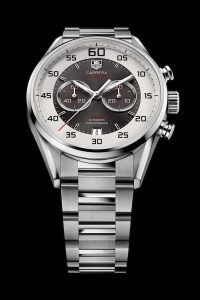
The second model (reference CAR2B11.BA0799) also features the flyback addition to the Calibre 36 but comes in stainless steel with a silver finish, reminiscent of the old Heuer stopwatches. The white dial includes the same anthracite sun-ray pattern but only for the inner part of the dial that houses the sub-dials. Instead of the race-inspired perforated leather strap, this model includes an option for a steel bracelet with a TAG Heuer deployment clasp.
The case back of both watches features a sapphire crystal showcasing the Zenith El-Primero-based Calibre 36 high-beat movement with the custom flyback addition. This new feature allows the chronograph to be reset and immediately restarted on the fly. This is particularly useful for quickly measuring laps around the track or any periodic activity.
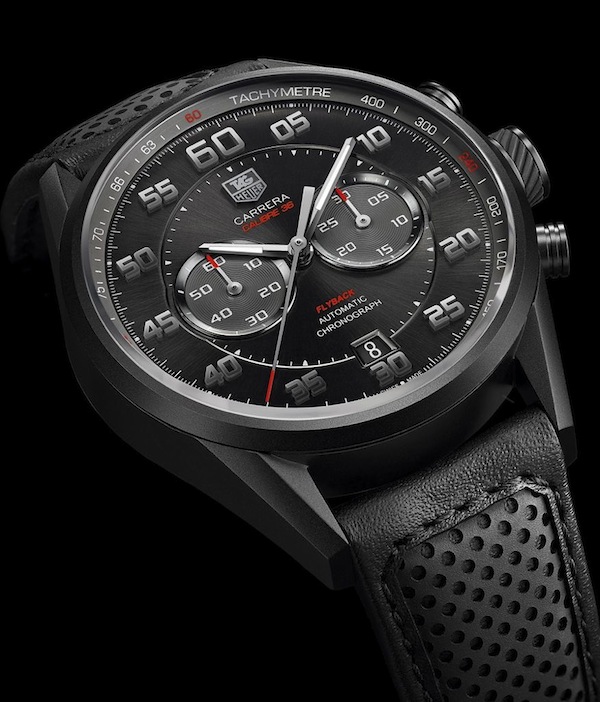

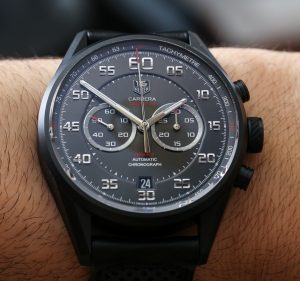
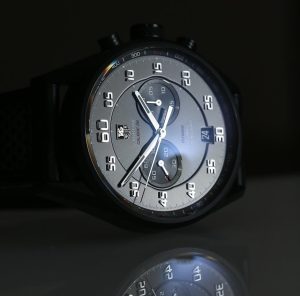
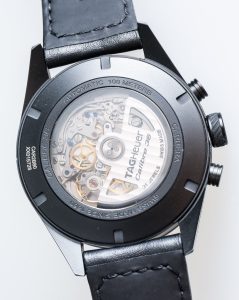
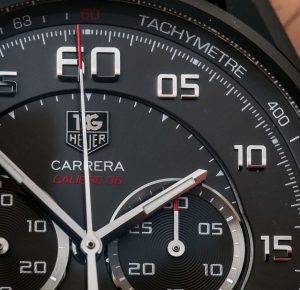

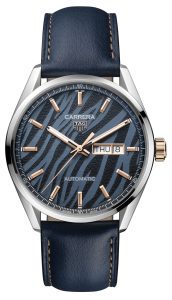
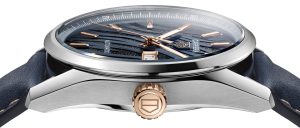
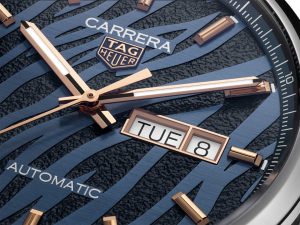
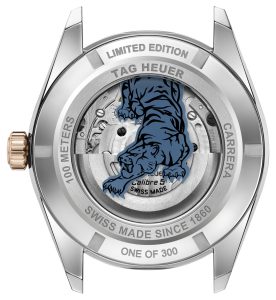


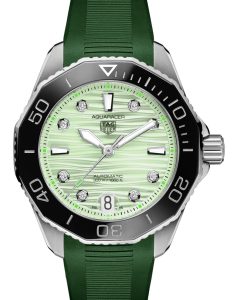
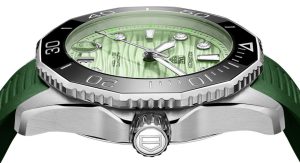
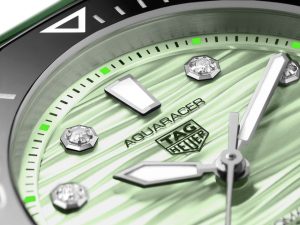
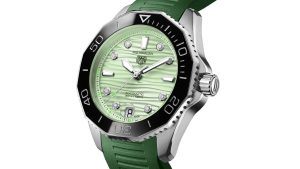
Recent Comments